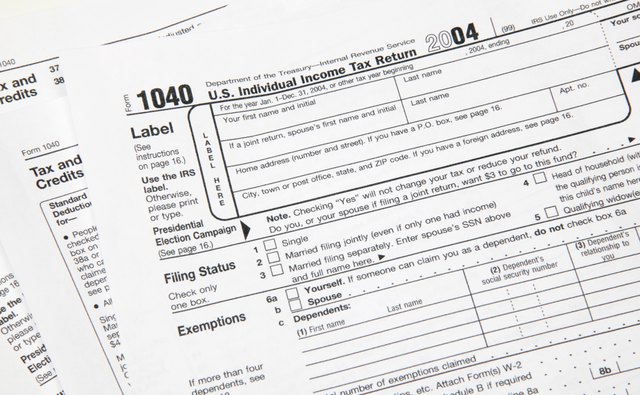
Starting in 2022 you can no longer addback depreciation and amortization. Through 2021 the interest expense limitation allowed addbacks for depreciation and amortization to determine if and how much of the limitation applies.We recommend business owners analyze their research and development expenditures to determine the impact to their taxable income.

Legislation to delay implementation until 2026 has been introduced but stalled in the senate and with the upcoming elections we may not receive any current relief or the relief may be attached to a tax extender bill towards the end of the year.Research and development costs are defined as direct expenditures relating to a company’s efforts to develop, design, and enhance its products, services, technologies, or processes.Through 2021 research and development costs could be immediately deducted for tax purposes but starting in 2022 are now required to be capitalized and amortized over five years for research conducted within the United States or fifteen years for research conducted outside of the United States.You can request a waiver of the penalty - using IRS Form 2210 - if you have "reasonable cause.The 2017 Tax Cuts and Jobs Act was passed under the tax neutral reconciliation rules and included a significant amount of tax law changes that begin to adjust this year. There are several exceptions to the penalty, including a little-known one that can protect taxpayers age 62 and older in the year they retire and the following year. Instead, you can request a waiver of the penalty using IRS Form 2210-if you have "reasonable cause." You don't claim this on your federal income tax return. There are several exceptions to the penalty, including a little-known one that can protect taxpayers ages 62 and older in the year they retire and the following year. The penalty works like interest on a loan, as though you borrowed from the IRS the money that you didn't pay. If you don't and you owe more than $1,000 when you file your return, you can be hit with a penalty for underpayment of taxes. tax system operates on a pay-as-you earn basis, taxpayers typically must pay 90% of what they owe during the year, or 100% of the previous year's tax, via withholding or estimated tax payments. Then, you deduct that amount gradually over the life of the new loan.īecause the U.S. If you refinance a refinanced loan with the same lender, you add the points paid on the latest deal to the leftovers from the previous refinancing.

Note: There's one exception to this sweet rule, however. (The rest of the points are deducted over the life of the loan.)Įither way, in the year that you pay off the loan (e.g., either because you sell the house or refinance) you can deduct all as-yet-un-deducted points.


 0 kommentar(er)
0 kommentar(er)
